The halftone pattern has been a staple of the graphic and print disciplines for over a century. It is typically defined by a repeated geometric dot pattern that fools the human eye into perceiving a gradation of color or value. In its purest use, the halftone pattern is meant to be rendered so small as to be almost imperceptible to the human eye. Everyone who has read a magazine, or newspaper, or even examined the portraits on our currency has succumbed to this visual illusion, and yet few really look closely at how amazingly the illusion is achieved. However, the modern age’s love of turning the mundane and ubiquitous into something to be celebrated has caught up with this humble pattern. The first to celebrate the impact of the halftone pattern was Roy Lichtenstein, whose comic book-style portraits turned the pattern into a scaled-up macro design element. Recent use of the halftone as an aesthetic theme has occurred in the Architecture, Branding, Fashion, Furniture, and even Automotive categories. However, these modern treatments do away with the typical micro-gradating dot pattern, instead reinterpreting the effect in exciting new ways. These can be either going large-scale, as on the side of a building, or using triangles and hexagons as the repeated module, or even relying on the illusion created by simple linear bands. The pattern has even evolved from being an applied 2D graphic to being an array of through-holes in a material, allowing light and shadow to further amplify the effect. Found objects can even be used as the basis of the repeating pattern: such as ping-pong balls stuck into the hollows of a chain-link fence, or the novel use of stick-on googley eyes. Some designers opt for the subtle approach, with familiar icons (such as Einstein’s famous portrait) hidden within the pattern, only visible from a distance. The one detraction of utilizing this trend is that it can be notoriously difficult to create convincingly, especially when trying to replicate something as complex as a portrait (although simple gradations are easy enough). While you should be prepared to dive into the world of Adobe plug-ins, be not discouraged: the versatile halftone is enjoying a 21st century resurgence.

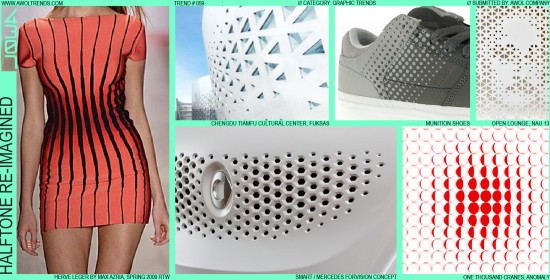

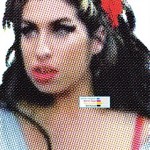
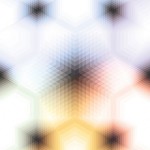

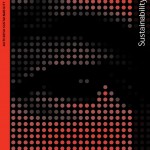
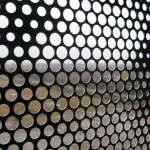


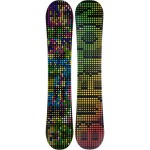


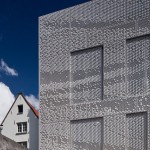


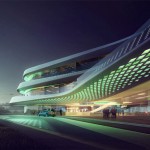
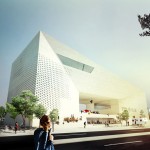
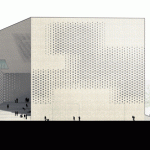
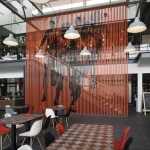

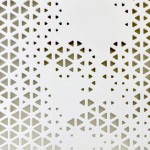
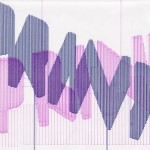

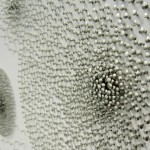
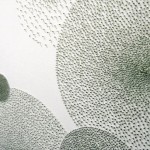
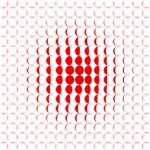
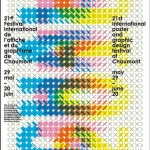
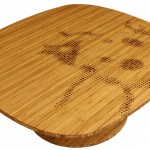

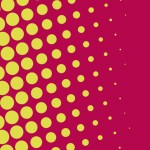
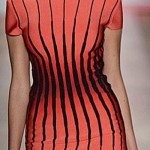

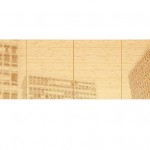

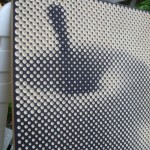
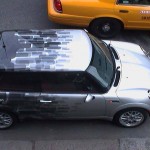
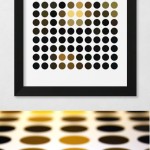
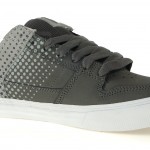
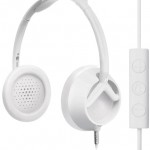
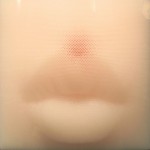
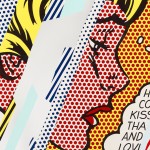
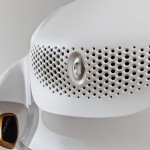
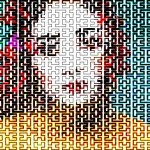
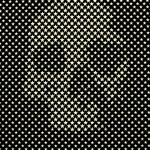
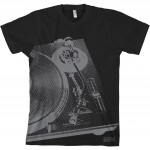
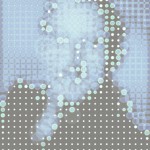
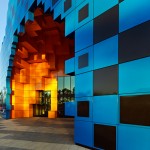
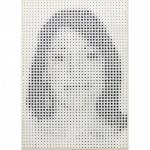
For some additional commentary on this trend, visit the Core77 LinkedIn page here:
http://www.linkedin.com/groups/Trend-alert-Halftone-ReImagined-http-162413.S.217427578?qid=92539a64-2855-4f58-adf0-8a4208e0ac9e&trk=group_most_popular-0-b-ttl&goback=.gmp_162413
(you may have to be a LinkedIn member to view)
-AWOL Trends